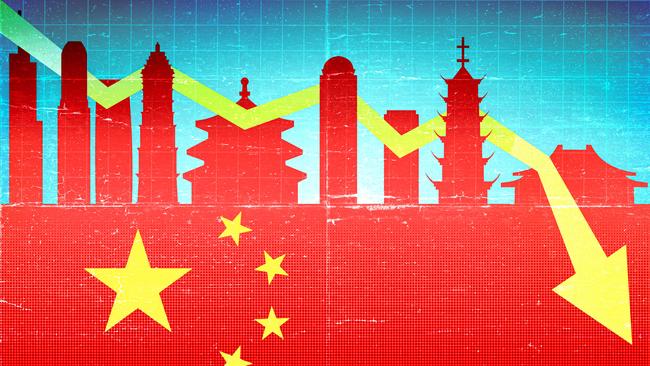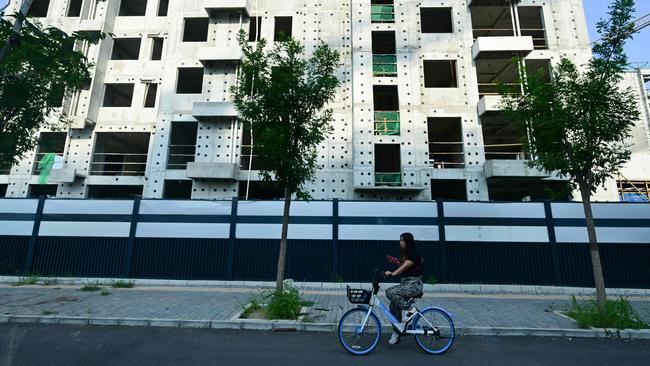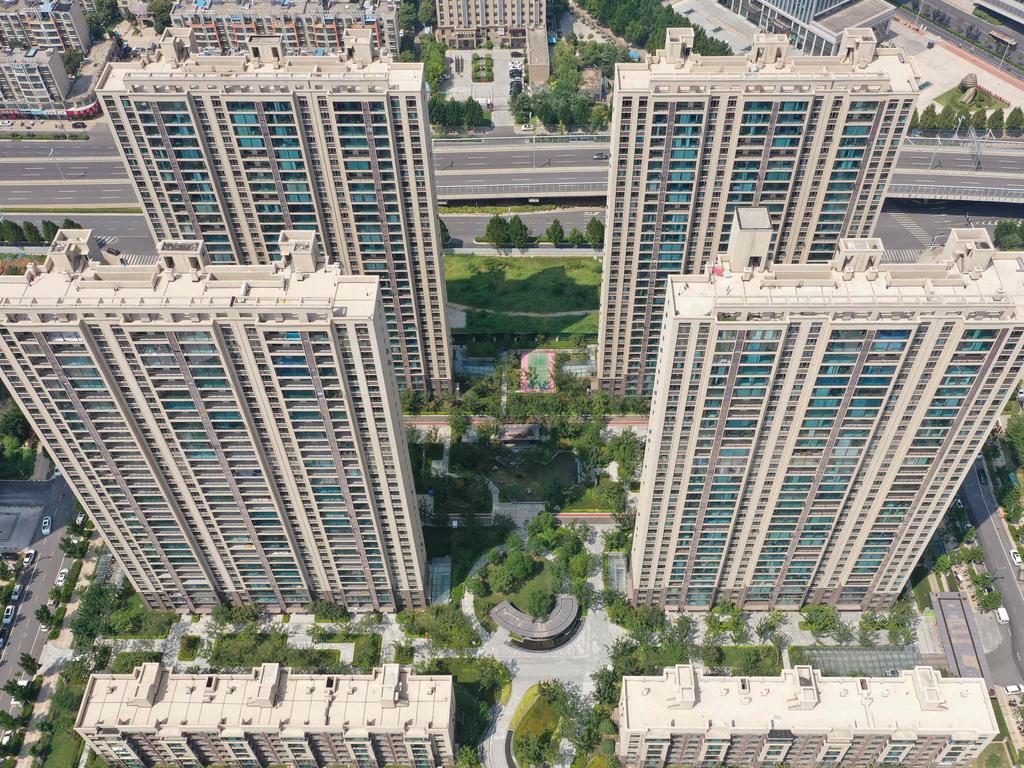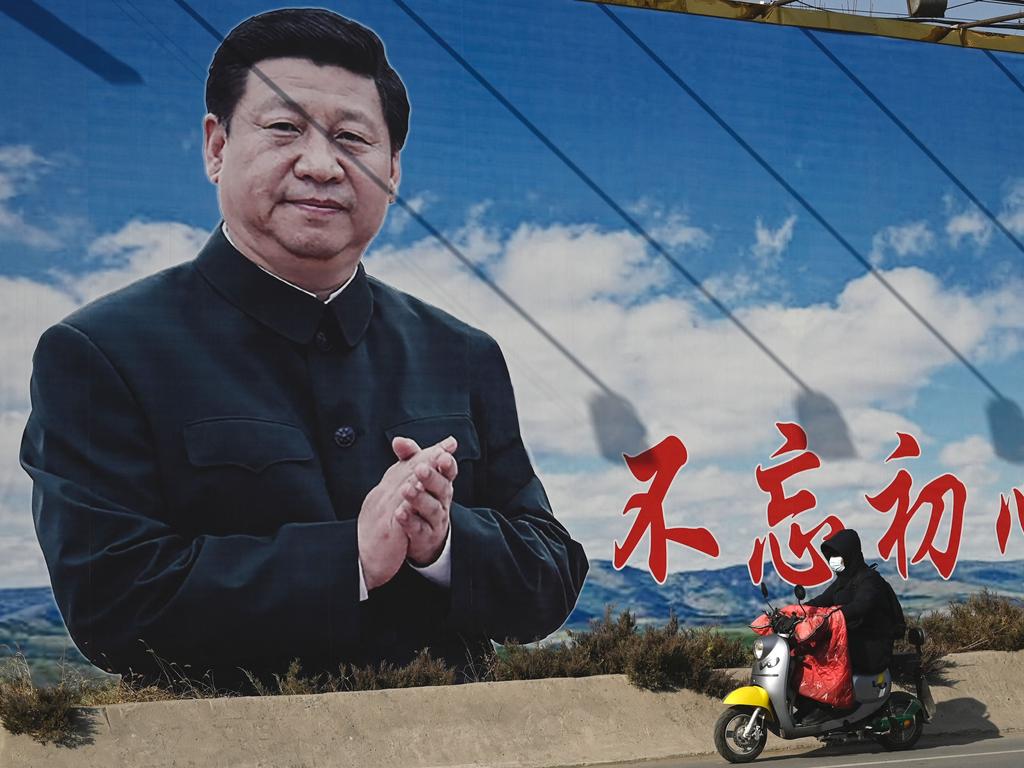
I’m not suggesting that the threat China poses to the American-led economic and security system will abate soon. I’m wondering, rather, if China’s economic model, which delivered such dramatic growth between 1990 and 2020, can continue to produce over the next three decades.
This question has a history. In the 1970s and ’80s, we were told that first Japan and then Germany were supposedly on track to displace the US as the world’s fastest-growing economy. Economists and social-policy experts studied the advantages Japan gained from tight relations among government planners, banks and leading manufacturers. In a similar vein, these experts examined how Germany used its apprenticeship system and networks of medium-size businesses to grow its exports of advanced-manufacturing products. America’s failure to adopt these practices, some argued, would reduce our capacity to meet the challenges of an emerging order no longer defined by the unchallenged pre-eminence we enjoyed after World War II.

We know what happened next. After a period of rapid asset inflation, the Japanese stock market crashed in the early 1990s, initiating what became known as the “Lost Decade” of deflation and slow growth. Then Germany suffered a period of economic stagnation and high unemployment.
Is China next?
This year, India’s population surpassed China’s for the first time, not only because India is growing rapidly, but also because China is declining. Long-term projections suggest that China’s population, which now stands at about 1.4 billion, will drop below one billion by 2080 and 800 million by 2100. China’s working-age population, which peaked in 2011, is projected to decline nearly a quarter by 2050. Meanwhile, the number of elderly Chinese will rise from 200 million to 500 million at mid-century, and providing for their needs will be a mounting challenge for China’s workers and policy makers.

While these demographic trends will cause issues in the future, current problems are challenging the playbook that China has used to maintain growth in recent decades –infrastructure development, housing production and exports.
Burdened by rising debt, local governments are finding it difficult to sustain their current pace of infrastructure investment. Meanwhile, China’s housing sector looks desperate. Dozens of developers have defaulted on bonds and other financial obligations in the past two years. Last week, Country Garden, one of China’s largest remaining developers, missed interest payments on debt with a face value of $US1 billion, sending new shockwaves through the sector.
The monthly value of new home sales by China’s 100 largest property developers has fallen more than 80% since late 2020. Looking forward, annual housing demand is estimated at between nine million and 10 million units, well below the peak (much of it speculative) of 14 million purchases in 2021.

China’s export-driven growth model is also in trouble. Over the past year, the country’s exports dropped 14.5%. Its exports to the US accounted for just 13.3% of US imports during the first half of 2023, the lowest share in 20 years, and its exports to the European Union sagged as well. President Biden’s recent executive order banning new US investment in Chinese technologies that could be used to enhance Beijing’s military will worsen this decline.
The intensifying struggle between the two superpowers has led companies in the US and elsewhere in the West to reconfigure their supply chains, a process that they aren’t likely to reverse without a fundamental improvement in US-China relations.
These developments are reducing domestic demand, threatening China’s debt-ridden economy with deflation and hurting China’s labour market. Since 2000, the number of Chinese students graduating from universities annually has soared from fewer than one million to 11.6 million this year.

Until recently, China’s rapidly growing technology and export sectors provided these graduates high-paying jobs with opportunities for advancement. But the urban unemployment rate for young adults hit a record 21.3% in July, and the country’s educational and political leaders are urging recent graduates to reduce their expectations and accept jobs — including factory work — that they hoped their degrees would help them avoid. Xi Jinping has said that young people should work hard jobs and learn to “eat bitterness”. China’s press is filled with reports of young people who are “lying flat” (dropping out), and the country’s think tanks worry openly about disruptive social and political consequences.
None of this means that the odds of a confrontation with China over Taiwan will diminish. Indeed, the odds may increase if China’s leaders increase nationalist appeals to deflect attention from the country’s economic woes. But China’s prospects of ever reaching US levels of household income are certainly dimmer than they seemed at the beginning of the decade.
The Wall Street Journal








At the risk of looking ridiculous five years from now, I want to pose a question: Have we seen peak China?